Bioinformatics Research Updates
This Month in Bioinformatics- Research Updates of January 2021

In this article, we summarize the main findings made in bioinformatics this month.
1. Identification of tandem repeat mutations and their role in autism.
de novo tandem repeat mutations are identified and prioritized in autism spectrum disorder [1]. The authors have developed a bioinformatics pipeline to extract all information from sequencing data. As a result, the authors have identified significant genome-wide excess of tandem repeat mutations in the probands. Authors have developed MonSTR software for identifying tandem repeat mutations and SISTR software for prioritizing these mutations. For more information, read here.
2. A new database of human responsive genes & proteins for SARS & MERS.
A new database of response genes and proteins in humans for SARS and MERS is created, namely, H2V [2]. This database consists of all human genes and proteins that respond to SARS-CoV, SARS-CoV-2, and MERS infection. The information is collected from published journal articles including transcriptomic and proteomic studies surveying coronavirus infection. H2V database is freely accessible at http://www.datasj.com:40090/h2v/. For more information, read here.
3. A new webserver to evaluate predicted protein distances.
A new webserver called DISTEVAL [3] is developed that evaluates the predicted protein distances. DISTEVAL assesses the predicted inter-residue contacts and distances both quantitatively and qualitatively [3]. It can evaluate the protein distances even without the 3D structure of a protein. DISTEVAL web server is freely accessible at http://deep.cs.umsl.edu/disteval/. It is also available to download from Github. For more information, read here.
4. A new web application for phylogenetic analysis.
A new web application called P*R*O*P [4] is introduced. This application generates genetic differences considering the effect of gaps. It helps in detecting important genetic differences in an evolutionary process. Users can easily upload sequence and perform phylogenetic analysis on the website. P*R*O*P is available at https://www.rs.tus.ac.jp/bioinformatics/prop. The source code is available on Github. For more information, read here.
5. A new fully automated functional annotation pipeline for microbial genomes.
MicrobeAnnotator [5] is a new functional annotation pipeline for microbial genomes. This pipeline combines results from the reference protein databases such as KEGG Orthology, Gene Ontology, Interpro, Pfam, and Enzyme Commission. MicrobeAnnotator is platform-independent, written in Python, and is freely accessible on Github. For more information, read here.
References
- Mitra, I., Huang, B., Mousavi, N. et al. (2021). Patterns of de novo tandem repeat mutations and their role in autism. Nature 589, 246–250.
- Zhou, N., Bao, J. & Ning, Y. (2021). H2V: a database of human genes and proteins that respond to SARS-CoV-2, SARS-CoV, and MERS-CoV infection. BMC Bioinformatics 22, 18.
- Adhikari, B., Shrestha, B., Bernardini, M. et al. (2021). DISTEVAL: a web server for evaluating predicted protein distances. BMC Bioinformatics 22, 8.
- Nishimaki, T., Sato, K. (2021). P*R*O*P: a web application to perform phylogenetic analysis considering the effect of gaps. BMC Bioinformatics 22, 36.
- Ruiz-Perez, C.A., Conrad, R.E. & Konstantinidis, K.T. (2021). MicrobeAnnotator: a user-friendly, comprehensive functional annotation pipeline for microbial genomes. BMC Bioinformatics 22, 11.
Bioinformatics News
This Month in Bioinformatics- Research Updates of March 2022

Here are the latest research developments in the field of bioinformatics made in the month of March 2022. (more…)
Bioinformatics News
This month in Bioinformatics- Research Updates of November 2021

We summarize the latest research published this month in the field of bioinformatics. (more…)
Bioinformatics News
This Month in Bioinformatics- Research Updates of October 2021
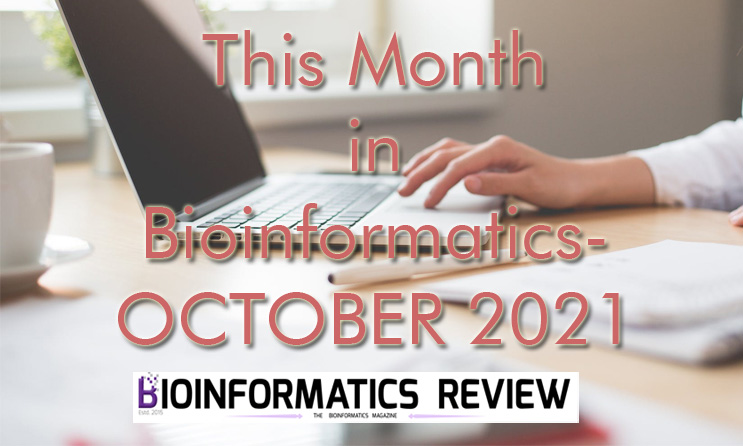
In this article, we summarize the latest interesting findings made this month in bioinformatics. (more…)
Bioinformatics News
This Month in Bioinformatics- Research Updates of June 2021

In this article, we summarize the latest interesting findings made this month of June in bioinformatics. (more…)
Bioinformatics News
This Month in Bioinformatics- Research Updates of May 2021
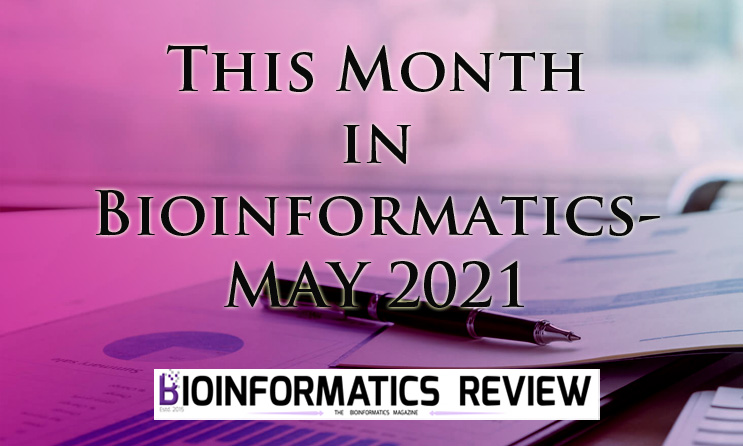
In this article, we summarize the latest interesting findings made this month in bioinformatics. (more…)
Bioinformatics Research Updates
This Month in Bioinformatics- Research Updates of April 2021

In this article, we summarize the latest interesting findings made this month in bioinformatics. (more…)
Bioinformatics News
This Month in Bioinformatics- Research Updates of March 2021

Here, we summarize the latest interesting findings made this month in bioinformatics. (more…)
Bioinformatics Research Updates
This Month in Bioinformatics- Research Updates of February 2021

We summarize the research done in bioinformatics in the month of February. (more…)
Bioinformatics News
This Month in Bioinformatics- Research Updates of December 2020
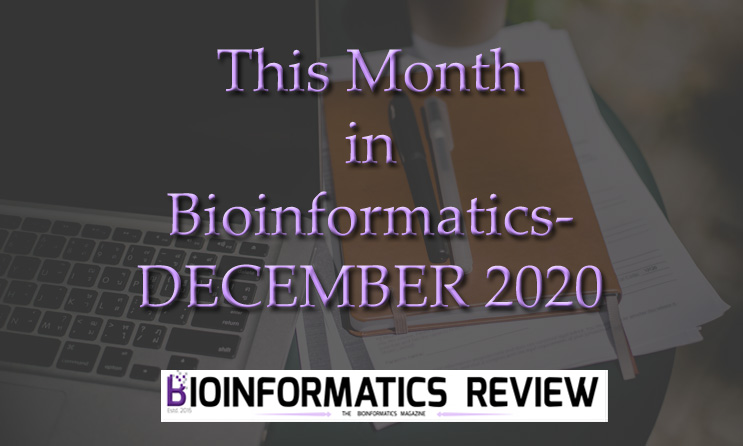
In this article, we summarize the latest research in bioinformatics published this month. (more…)
Bioinformatics News
This Month in Bioinformatics- Research Updates of November 2020
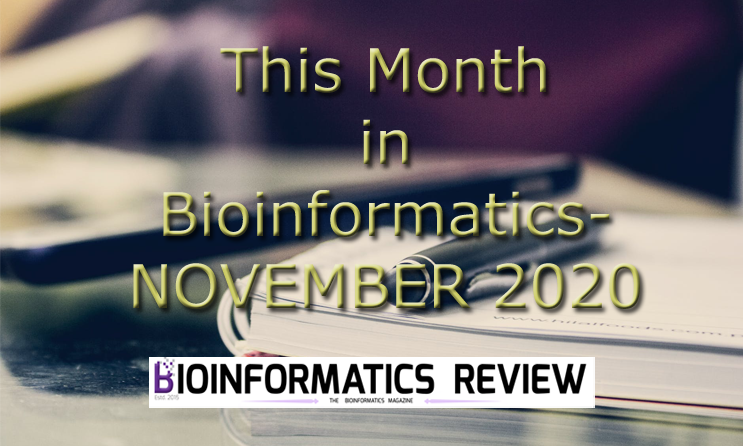
In this article, we summarize the latest research in bioinformatics published this month. (more…)
Bioinformatics News
This Month in Bioinformatics- Research Updates of October 2020
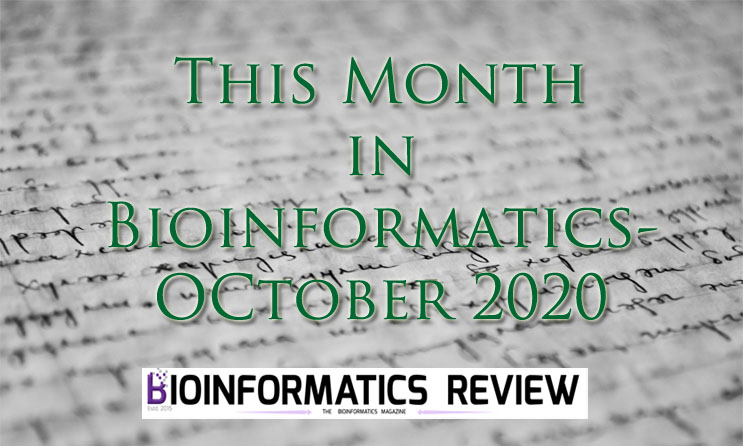
Some of the important findings made this month in bioinformatics are mentioned in this article. (more…)
Bioinformatics News
This Month in Bioinformatics: Research Updates of September 2020
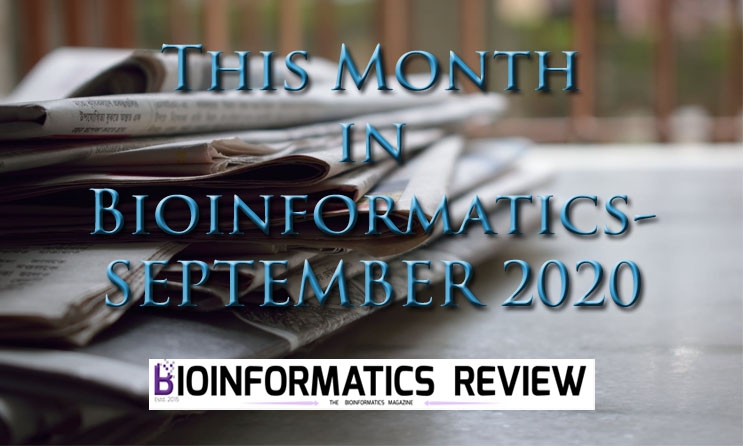
Some of the important findings made this month in bioinformatics are mentioned in this article. (more…)






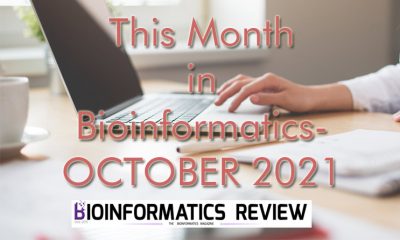






You must be logged in to post a comment Login